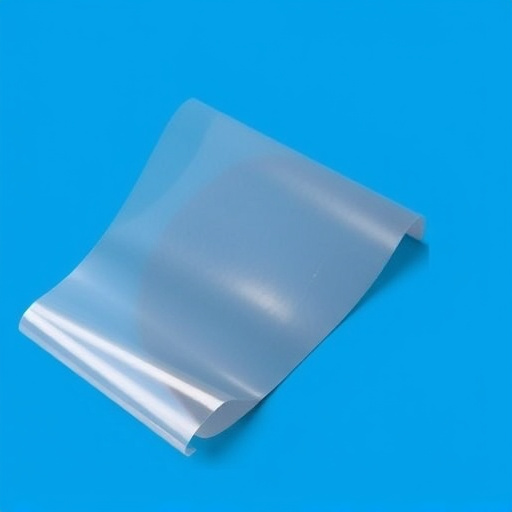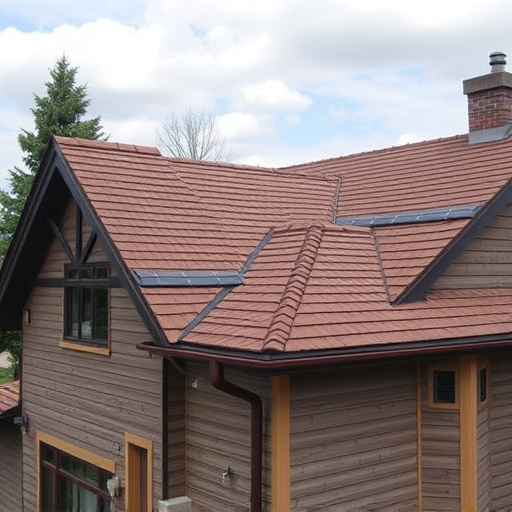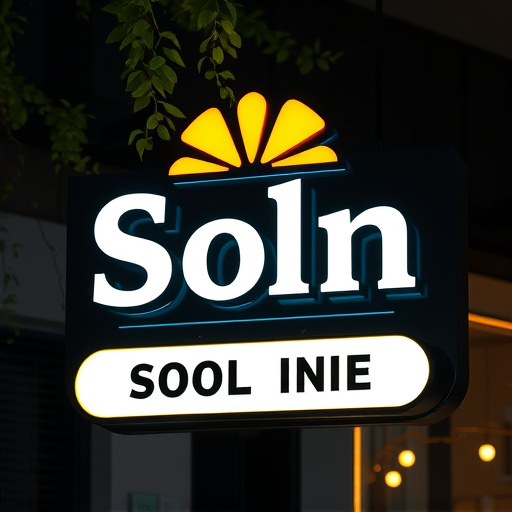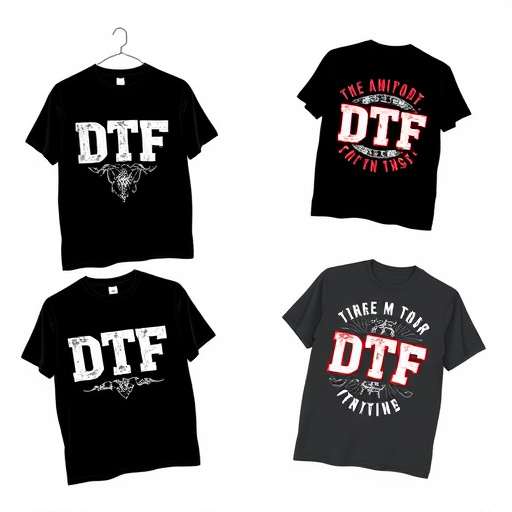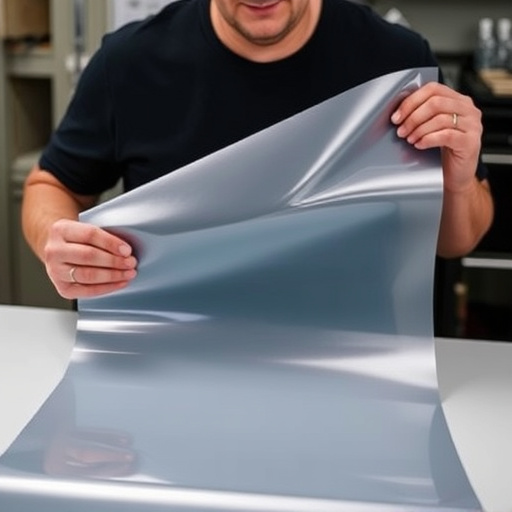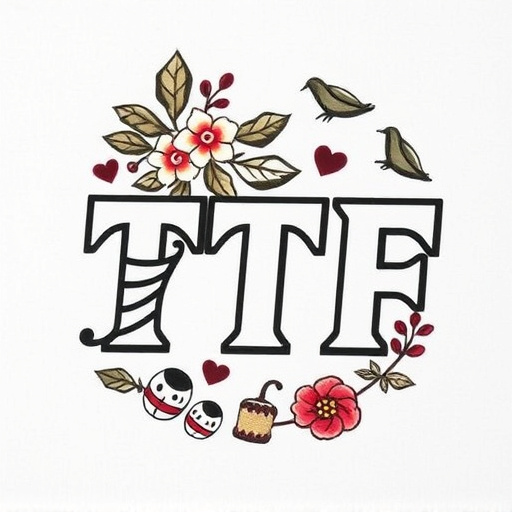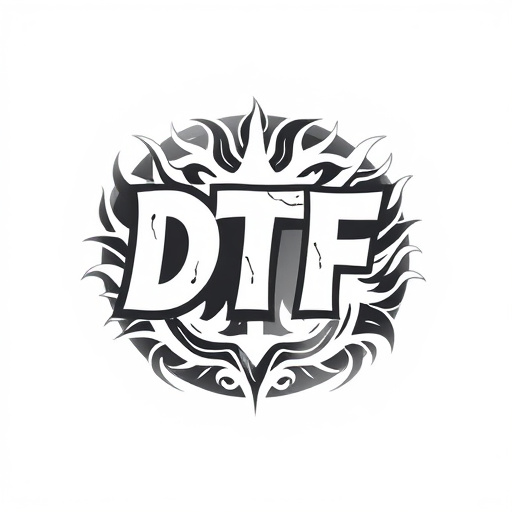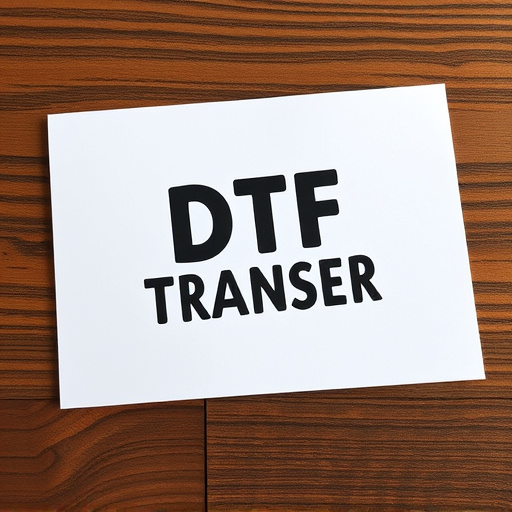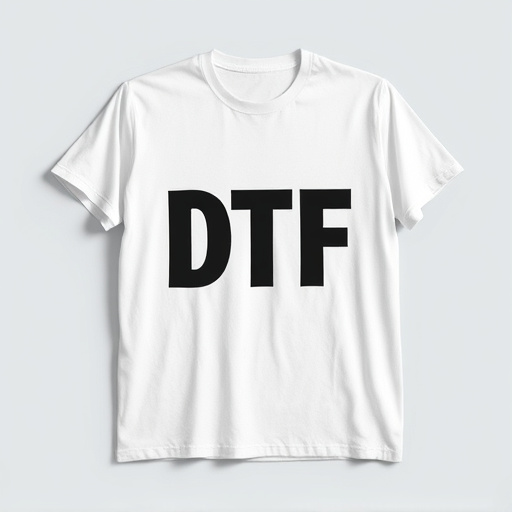Direct-to-film (DTF) printing is a revolutionary technology that allows for personalized design and customization on various materials. By skipping traditional intermediate steps, DTF offers cost-effective, time-saving production of intricate patterns and vibrant colors suitable for fashion, home décor, and more. Its precision ensures high-quality results, while its versatility enables unique, one-of-a-kind creations at scale. The technology is ideal for long-lasting products, as the direct application of ink creates a strong bond with substrates. DTF printing has transformed multiple industries, offering unparalleled customization options for personalized items like clothing, accessories, and home decor. Choosing the right DTF transfer media based on application needs, desired finish, and surface type is crucial for achieving optimal results. With advancements in ink and equipment, DTF printing promises an exciting future in product customization.
“Discover the world of DTF (Direct-to-Film) Printing and its revolutionary impact on customization. This cutting-edge technology is transforming industries by enabling DTF Transfer, opening doors to a plethora of creative design options. From enhancing print quality and durability to fostering innovation in fashion and home decor, DTF Prints are everywhere. Explore the intricacies of this process, its applications, and the materials that power it, as we delve into the future of personalized designs.”
- Understanding Direct-to-Film Printing: A Revolution in Customization
- The Magic of DTF Transfer: Unlocking Endless Design Possibilities
- How DTF Technology Enhances Print Quality and Durability
- Applications of DTF Printing: From Fashion to Home Decor
- Choosing the Right DTF Materials for Your Creative Projects
- Future Prospects: The Growing Popularity of DTF Prints
Understanding Direct-to-Film Printing: A Revolution in Customization
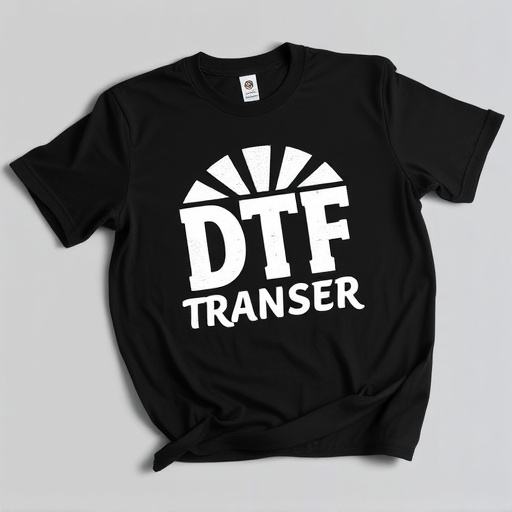
Direct-to-film (DTF) printing is a game-changing technology that has revolutionized personalized design and customization. Unlike traditional methods, DTF involves transferring designs directly onto various materials using advanced inkjet printers. This innovative approach eliminates the need for costly and time-consuming intermediate steps, making it an attractive option for businesses and individuals seeking unique, custom prints.
With DTF Printing, designers can create intricate patterns and vibrant DTf transfers that can be applied to a wide range of surfaces, from clothing and accessories to signage and home décor items. The technology’s precision and accuracy ensure high-quality results, enabling the production of personalized products with exceptional detail and color fidelity. This method has democratized customization, allowing folks to transform their ideas into tangible, one-of-a-kind creations promptly and efficiently.
The Magic of DTF Transfer: Unlocking Endless Design Possibilities

The Direct-to-Film (DTF) transfer process is a game-changer in the world of printing and design. This cutting-edge technology allows for personalized, high-quality prints on various materials, from clothing to accessories and beyond. By bypassing traditional printing methods, DTF offers endless creative possibilities; designers can now bring intricate, detailed designs to life with precision and speed.
With DTF Printing, the process involves transferring ink directly onto a film, which is then pressed against the substrate, ensuring a crisp and durable print. This method revolutionizes custom design by enabling the production of unique, one-of-a-kind pieces at scale. Whether it’s adding personalized monograms to apparel or creating eye-catching graphics on phone cases, DTF prints deliver vibrant, long-lasting results, making it a favorite among both professionals and enthusiasts alike.
How DTF Technology Enhances Print Quality and Durability
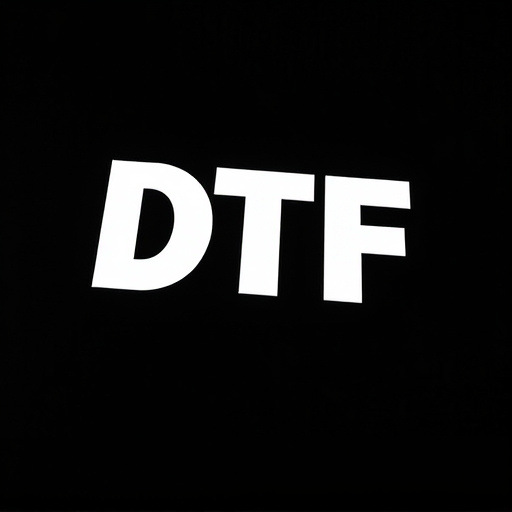
Direct-to-film (DTF) technology revolutionizes printing by offering unparalleled quality and durability for personalized designs. Unlike traditional methods, DTF transfers ink directly onto the film, eliminating the need for intermediate steps. This streamlined process ensures crisp, vibrant prints with exceptional detail retention, making it ideal for creating visually appealing products.
The enhanced durability of DTF prints is a significant advantage. The direct application of ink creates a stronger bond with the substrate, leading to longer-lasting designs that resist fading and peeling. Whether applied to textiles, plastics, or other materials, DTF technology guarantees that personalized creations maintain their impact over time, making it a preferred choice for items intended for extended use.
Applications of DTF Printing: From Fashion to Home Decor
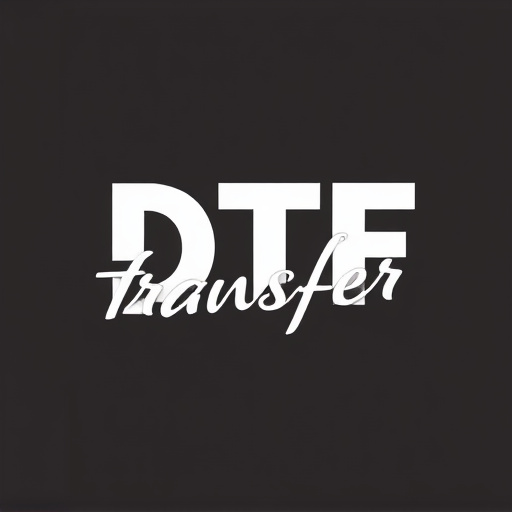
Direct-to-film (DTF) printing has revolutionized various industries, offering unparalleled customization and creative freedom. One of its most prominent applications is in the fashion sector, where designers can quickly bring unique patterns and graphics to life on clothing and accessories. DTF transfers allow for intricate designs with vibrant colors, making it an attractive option for small-batch production or even personalized gifts.
Beyond fashion, DTF Printing has made significant inroads into home decor. It enables the creation of custom wall art, allowing homeowners to transform their spaces with personalized prints, photos, or artwork. The technology ensures that designs can be precisely applied to a variety of materials, including fabric, wood, and metal, opening up a world of possibilities for interior designers and DIY enthusiasts alike. DTF Prints have become a popular choice for adding individual touches to homes, offices, and even vehicles.
Choosing the Right DTF Materials for Your Creative Projects
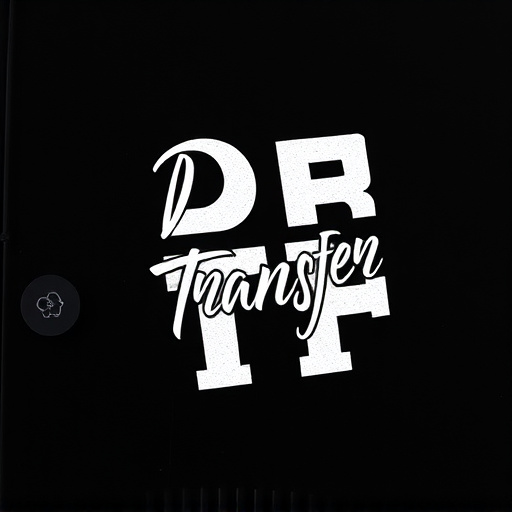
When working with direct-to-film (DTF) printing technology, selecting the appropriate materials is a key step in achieving high-quality results for your creative projects. The right DTF transfer and print media can make all the difference in terms of durability, vibrancy, and overall aesthetic appeal of the final product. Consider factors such as application requirements, desired finish, and the type of surface you’ll be printing on.
For instance, choosing between a matte or glossy DTF finish depends on your project’s visual goals. Matte prints offer a subtle, non-reflective surface suitable for environments where glare is undesirable, while glossy finishes enhance colors and details, making them ideal for showcasing vibrant graphics and images. Additionally, selecting the right substrate, or base material, ensures optimal adhesion and compatibility with your printing hardware. Common options include vinyl, polyester, and polycarbonate films, each offering distinct advantages in terms of flexibility, durability, and resistance to environmental factors like sunlight and moisture.
Future Prospects: The Growing Popularity of DTF Prints
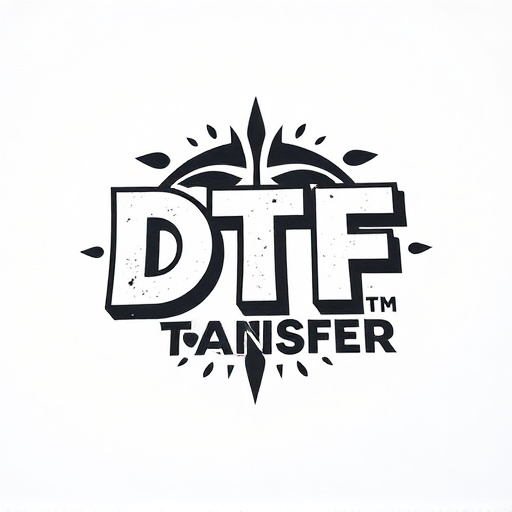
As direct-to-film (DTF) printing technology continues to evolve, its popularity is soaring across various industries. The ability to create personalized designs with intricate details and vibrant colors on a wide range of materials has captivated businesses and consumers alike. This innovative method offers unparalleled versatility, allowing for custom packaging, promotional items, and even fashion accessories to be designed and produced on-demand.
Looking ahead, the future prospects for DTF prints are promising. The growing demand for unique, personalized products is driving the adoption of this technology. Moreover, advancements in ink formulations and printing equipment are enhancing the quality and speed of DTF transfers, making it an even more attractive option for businesses seeking to differentiate their offerings. With its ability to revolutionize product customization, DTF printing is poised to leave a lasting impact on the way we interact with and personalize our surroundings.
